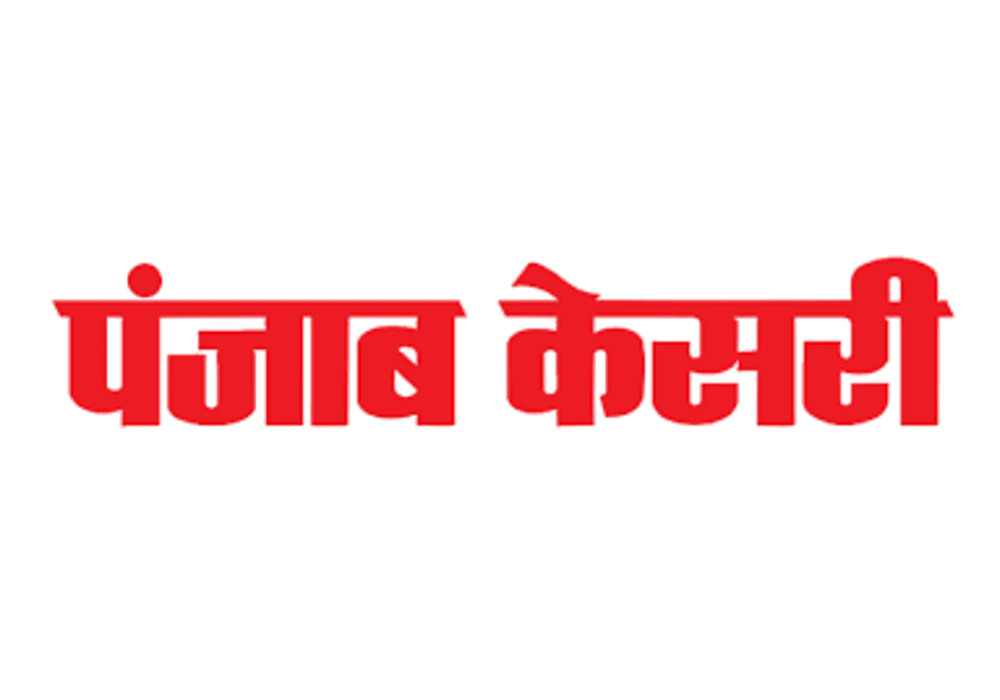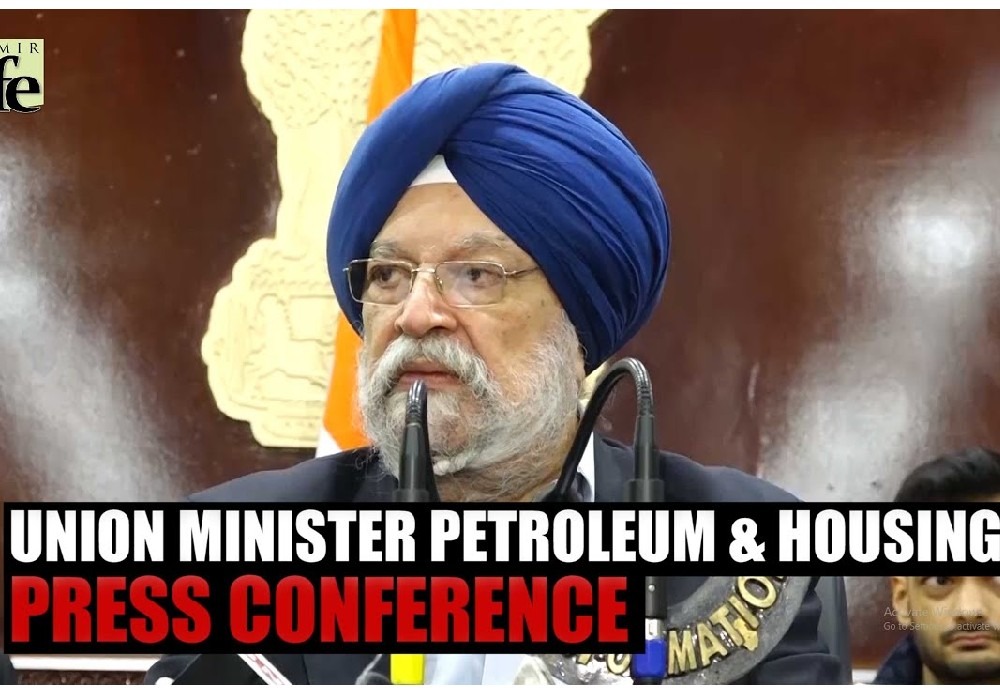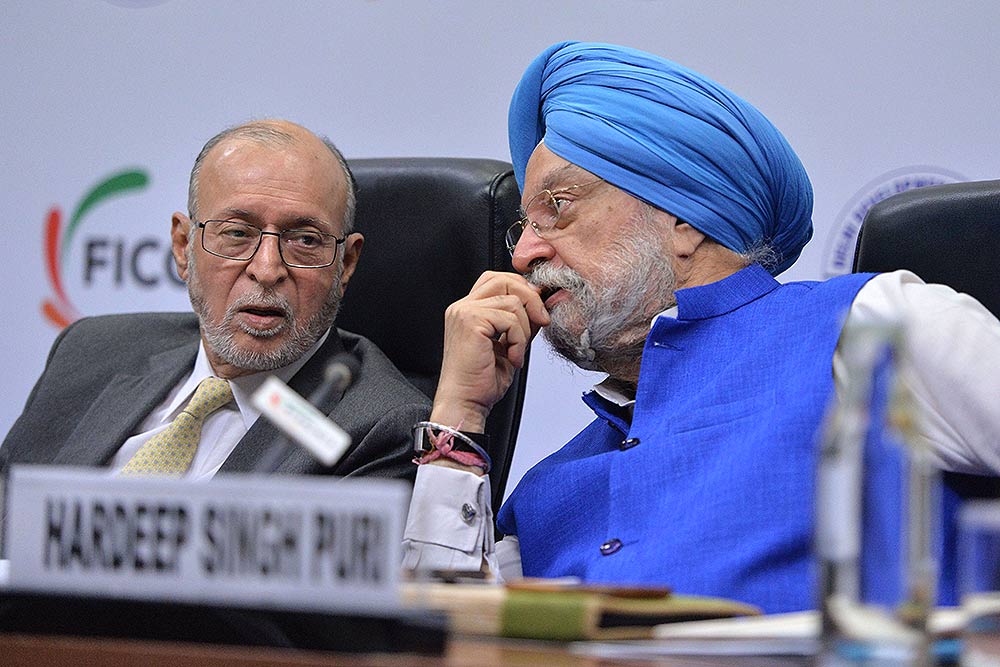Ambassador Skand Tayal, Chairman of the Government Body,
Principal, Dr. Bakshi jee, members of the teaching faculty, students and friends
As I stand before you, my mind goes back to 1968 when I first visited Dayal Singh College as a young student seeking admission. Although I eventually joined campus college, many close friends studied here, another was appointed Principal as we grew older. I also recall several visits to this institution for inter-college debates. You are heirs to a very fine legacy and hold promise for an even brighter future. I am, therefore, all the more delighted to be here with you all today.
I propose, with your permission, to focus on the youth, a subject which has fascinated me since my own youth and continues to engage my attention as a senior citizen. I propose to involve all of you in my own introspection and to provoke you to reflect on the question: Is India poised to reap the benefits of a demographic dividend or are we confronted with a ticking and toxic time bomb.
Thinking of India in 2020, the most striking feature will be all of you, our young population. The average age of our India today is 25.4 years. By 2020, India is set to become the world’s youngest nation with 64 per cent of its population in the working age group of 18-60 years. India will also become the largest English-speaking nation in the world, overtaking the United States.
This appears ironical to a senior citizen like me. In 1974, when I joined the Indian Foreign Service, we were witnessing and being subjected to coercive methods of population control. Population was then considered our biggest bane. Malthusian theories about population were still in vogue. And now today, wherever I travel around the world, India is viewed with appreciation due to what is described as our so-called ‘demographic dividend!’
I would like you to reflect on this, the oft-quoted term ‘demographic dividend.’ Economists argue that when a country has a young population and more people in the working age cohort, there will be lesser number of dependents which in turn would produce better economic growth.
Such anticipated growth would, however, only be possible when we are able to create an appropriate and facilitatory enabling environment for our youth to acquire meaningful employment.
Equally, this will be possible only if we are able to provide basic education and health facilities to all our citizens and drastically improve our social parameters on health and education which presently are, to say the least, worrisome.
Also, this will be possible only if we are able to set up a robust R&D ecosystem, which can employ our talent pool and our youth don’t have to all go abroad to do fruitful research.
Failure to do so will ensure that we are all set to experience unprecedented social tensions. Rise of Maoism and Naxalism in over 25% of our 600 districts, rise in farmers suicides are all indicators that we are not doing enough for our youth. If the youth do not have jobs, there is persistent inflation and increasing rich-poor divide, we will be staring at a recipe for social unrest.
We must employ technology and innovative governance to reduce economic inequalities and ensuring a favorable environment. These are the imperatives if we have to realize our potential. Using Corporate Social Responsibility funds to build an education city where students from Naxal violence affected areas can be educated, as done in Bastar in Chhatisgarh, can be a model. India could experience a dynamic transformation as the population burden of the past turns into a demographic dividend, but the benefits will be tempered with social and spatial inequalities. This demographic dividend offers us a unique opportunity, an opportunity we cannot afford to miss!
As more young people join our workforce, they will increasingly settle in cities. In the next two decades, India will urbanize and urbanize at a pace like never before. Currently, only about 30% of our population lives in cities but in the next two decades this number will increase rapidly. Also, cities are poised to be our engines of growth, the fountainhead of our creative freedom. Unfortunately, our urbanization process till now has largely been unplanned.
A recent UN report suggested that urban spaces have not necessarily aided the quality of life enjoyed by Indians. A telling sign: one-fifth of the Indian urban population lives on less than a dollar a day. Additionally, the report finds that while income levels in cities may appear to be higher, the cost of living is also constantly increasing, resulting in shrinking savings, inadequate access to health care and lack of quality education. Maternal mortality remains the ‘top cause of death among young women.’ Further, more than half of young urban women are anaemic, pointing to inadequate food and nutrition. BJP, in its manifesto for 2014 elections, has given due importance to developing new planned cities and creating next generation infrastructure to support these new townships. Modi Jee has spoken many times about the need to build 100 new cities, along the lines of the Chinese and Koreans.
A statistic on which the government has been conspicuously silent relates to Gini coefficient, which measures inequality. A Gini coefficient of zero expresses perfect equality and a coefficient of one expresses maximal inequality. An increase in the Gini coefficient from 0.325 in 2004-05 to 0.339 in 2012-13 is alarming. Given the overall fall of GDP growth from 9.4 percent to 4.5 percent, a decline in the share of manufacturing and agriculture in GDP and jobless growth from foreign investment in the services sector, which accounts for nearly 60 percent of the GDP today, should set the alarm bells ringing.
We live in very interesting times. We are witnessing certain global trends that are affecting our lives in multiple ways. Today, we are facing critical “problems without passports” which intertwine the future of entire humanity together. Problems such as climate change, rising economic inequalities, financial contagion are affecting our lives like never before and we must devote our highest priorities to attend to them. On the economic front, India grew on the back of the global Bull Run till 2009 but since then we have been mired in a loop of high inflation, falling investor sentiment and an industrial recession where the share of manufacturing has been consistently falling. According to a joint study by Boston Consulting Group and the Confederation of Indian Industry (CII) in November 2013, the share of manufacturing in India’s gross domestic product (GDP) declined to 15.1 percent in 2013, the lowest in the decade.
The situation relating to agriculture is worse. More than 60 percent of India lives in rural areas and relies largely on this sector for survival. The contribution of agriculture to the GDP has been steadily declined from 19 percent in 2004-05 to 13.94 percent in 2012-13. Farmers suicides have been on the rise. In Karnataka alone, a total of 1,003 deaths were reported between 2005 and 2009. The number of deaths in 2012-13 were over 100. Inflation which was 3.8 percent in 2004 increased to 12 percent in 2010 and is still around 11 percent. This level of inflation has the effect of nullifying almost all the other gains, especially since growth is around five percent. The overall job creation in 2004-05 was 460 million. In 10 years, the number has only increased to 470 million. This also speaks for itself.
It is most unfortunate that our country produces most number of qualified engineers yet has to import the bulk of its defence requirements. Our engineers and researchers move abroad and work for the same corporations who then export these equipments to us at 10 times the price! Boeing corporation, to cite an example, has a large number of Indian engineers. These engineers have to go abroad due to lack of conducive R&D ecosystem in India, government lethargy and lack of clear incentives to perform. The BJP manifesto for the 2014 elections has recognize this gap and lists several measures to bring such valuable talent back to our country.
Industrial recession that looms large in India today has its origins in the nature of economic growth in the country from the 1990s and the lack of pro-business environment in the country, especially in the past 10 years. Despite its successes in raising overall incomes, the growth was unsuccessful in generating quality employment in adequately large numbers. This, in turn, has led to slow down in wage increases and poverty reduction, as well as slow growth of overall demand in the economy. The current economic crisis, which has slowed down global demand for Indian goods such as textiles, has aggravated this situation. Reviving the economy from its current state of recession requires not only liquidity enhancing measures but clear and decisive policy implementation with a focus on job creation and investment utilization.
Sadly, in the past 10 years of UPA rule, we have witnessed the opposite. Retrospective taxation, lack of clarity in environmental regulations and complex land acquisition/diversion rules have severely dented our investment sentiment.
Along with rampant corruption and scams, they make a toxic and highly combustible cocktail. What is required is urgent course correction and dynamic leadership to guide and push through these changes. We must analyse, in the end, what it is that the youth seek – meaningful employment, a stake in the future, strong cultural anchorage among other things. And what does the nation need: a vibrant economy, development & poverty alleviation, cutting edge R&D, social amity among other things. There is complete synergy between what our nation needs and what our youth want. It is just that we have not been able to harness this synergy! And that is why these elections are special and momentous. In every constituency in 2014 elections, there will be 90,000 or more new voters, on an average. Young voters who have high aspirations will not be swayed by considerations of caste or religion. Fortunately, our democracy is still robust and vibrant. It offers all of us a real chance to shape our destinies through the choices we make!
The challenges I mentioned are also opportunities. The societies which will be able to harness these opportunities, will be able to provide a better future to their people. In case of India, our strength lies in the tremendous potential which young people like you have. Our government, our systems and our mind-sets need to recognize this potential and catalyse our growth. I do hope the post-May 2014 government will be able to play this crucial role and you, the young and the bright will contribute to shaping India’s destiny.
I feel confident that the future generations of our great country will do us proud and we will indeed redeem our leadership at the global level.
Jai Hind

Synopsis Union Minister Hardeep Singh Puri stated India's commitment to an inclusive global energy future through open collaboration, highlighting the India-Middle ..

देश में एक करोड़ यात्री प्रतिदिन कर रहे हैं मेट्रो की सवारी: पुरी ..

Union Minister for Petroleum and Natural Gas and Housing and Urban Affairs, Hardeep Singh Puri addressing a press conference in ..

Joint Press Conference by Shri Hardeep Singh Puri & Dr Sudhanshu Trivedi at BJP HQ| LIVE | ISM MEDIA ..
(3).jpg)
"I wish a speedy recovery to former Prime Minister Dr Manmohan Singh Ji. God grant him good health," Puri wrote. ..